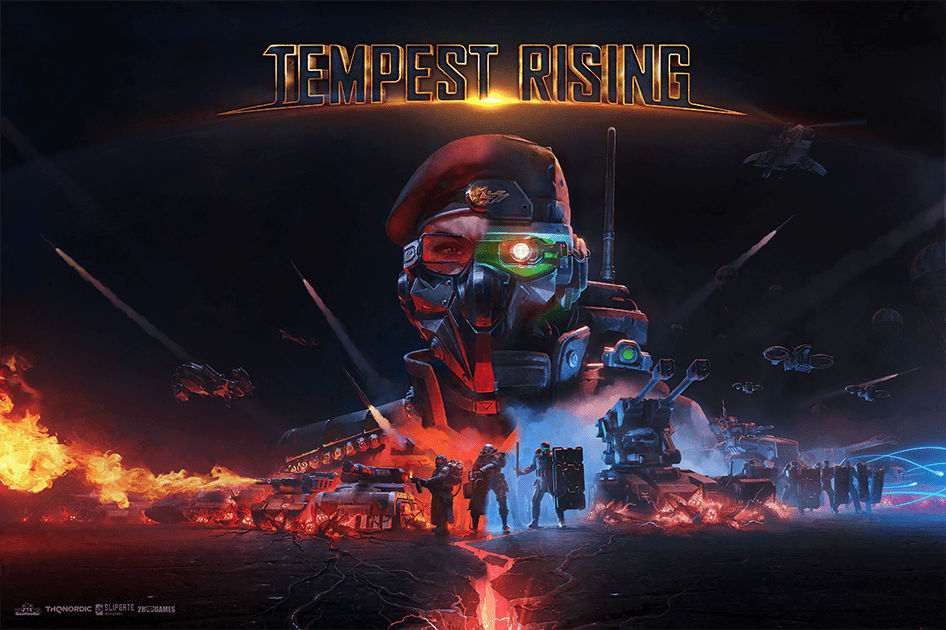Key Highlights
- Prepare your clicking finger! Tempest Rising is the classic RTS revival you’ve been waiting for, minus the part where you have to find your Windows 98 installation disk.
- Developer Slipgate Ironworks basically looked at the Command & Conquer series and said, “We can do that,” and then actually did it, which is more than we can say for some publishers.
- Choose between the goody-two-shoes Global Defense Force or the leather-clad, morally ambiguous Tempest Dynasty, each with a unique roster of units.
- The game is built on Unreal Engine, so every explosion from your tanks looks appropriately cinematic and expensive.
- Get ready to harvest the valuable but definitely-not-Tiberium resource known as Tempest. It’s green, it grows weirdly, and everyone wants to fight over it. What could go wrong?
Introduction
Remember the good old days? When your biggest worry was a tank rush from your buddy next door and not, you know, adult responsibilities? Well, hold onto your mouse, because developer Slipgate Ironworks is firing up the nostalgia machine. Tempest Rising is a real-time strategy game that feels like a long-lost love letter to the classic RTS era. It’s got base building, massive armies, and a mysterious resource called Tempest that everyone is willing to start another world war over. It’s the C&C successor we’ve been begging for.
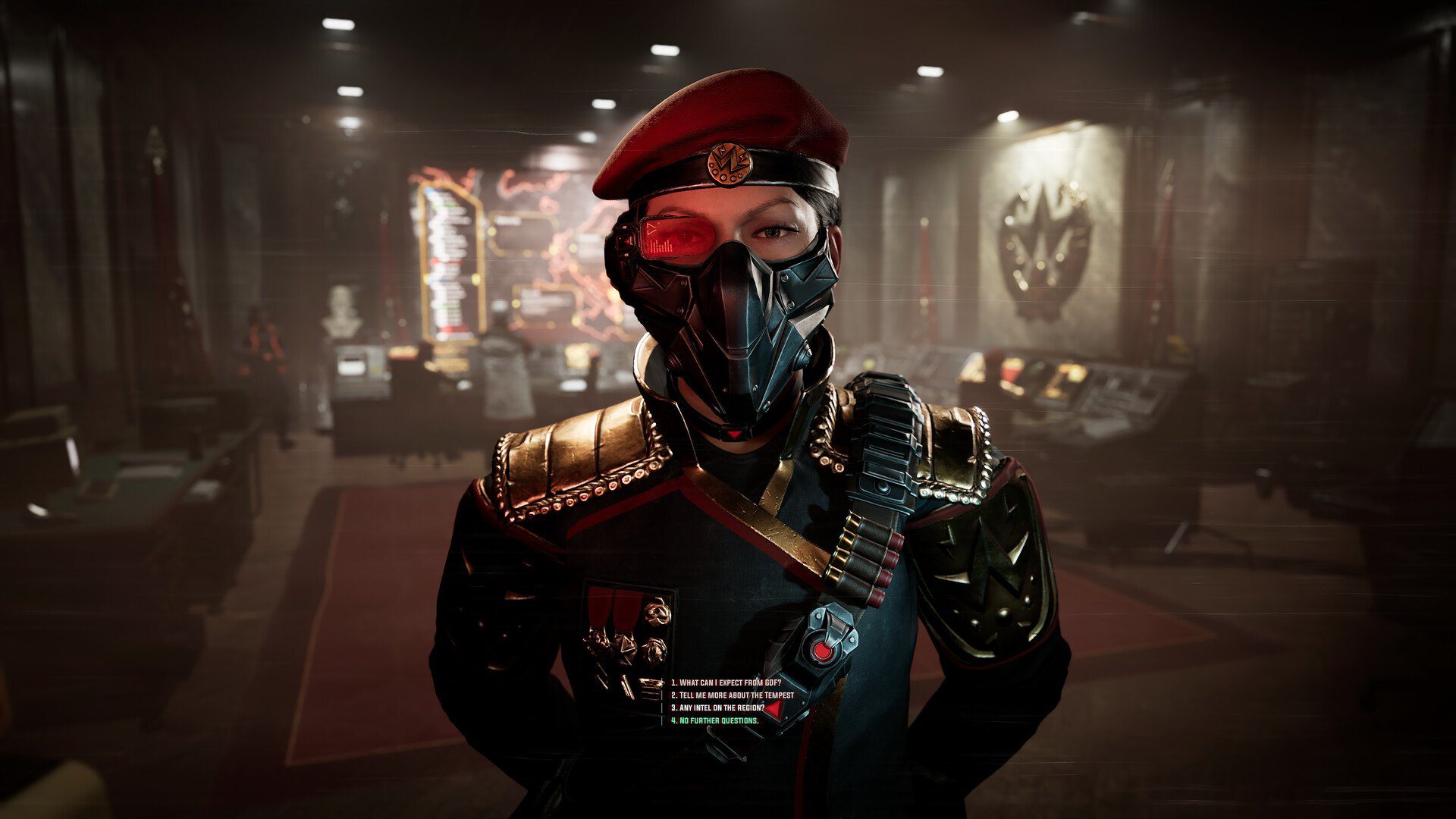
What Sets Tempest Rising Apart in the RTS Genre
So, is Tempest Rising just a Command & Conquer clone with a fresh coat of paint? Well, yes, but in the best way possible. Developer Slipgate Ironworks didn’t just copy the homework; they studied, understood the assignment, and then added their own flair. It captures the frantic, fast-paced action of the RTS greats of the 90s while injecting modern conveniences and polish that make it feel brand new.
The game stands out by offering three unique factions (two playable at launch), each with a distinct feel and strategy. It avoids feeling like a simple retread by presenting its own world and lore. Instead of just nostalgia-bait, it feels like a genuine evolution of the genre, proving that the classic formula is far from dead. It’s the spiritual successor fans have desperately wanted.
Unique Features and Innovations in Tempest Rising
While the game wears its influences on its sleeve, it’s not afraid to try its own approach. The core innovation lies in its truly asymmetrical factions. The Global Defense Force builds like a traditional RTS faction, placing blueprints and waiting. Meanwhile, the Tempest Dynasty can construct buildings in advance and then instantly deploy them on the battlefield, allowing for some seriously aggressive expansion. This creates a fascinating strategic dynamic right from the start.
Another key feature is the pre-mission customization. You can unlock doctrines and armory upgrades to tailor your forces for the upcoming battle. Are you a new player wondering if Tempest Rising is beginner-friendly? The campaign missions are designed to gradually introduce mechanics, making it accessible for newcomers. There’s no need to have a 300 APM (actions per minute) count to enjoy the single player campaigns.
The game goes beyond simple imitation with a few key features:
- Deep Unit Abilities: Nearly every unit has a special ability, encouraging micromanagement over just A-moving a blob of tanks.
- Pre-Mission Loadouts: Unlock and equip powerful doctrines and unit upgrades between missions, adding a layer of strategic planning.
- Dynamic Faction Mechanics: Enjoy the contrast between the GDF’s methodical construction and the Dynasty’s instant deployment system.
- Rewarding Exploration: Optional mission objectives often require you to scout the map, rewarding curiosity with more upgrade points.
Comparing Tempest Rising to Classic RTS Titles
If you’ve ever ordered a GDI Mammoth Tank to crush a Nod base, you’ll feel right at home. The DNA of the Conquer series is baked into every pixel of Tempest Rising. The GDF is a clear nod to GDI, with their high-tech conventional military, while the Tempest Dynasty, with their zealous attitude and unconventional tactics, feels like Nod’s cooler, leather-clad cousins. The game channels the specific vibes of classics like Tiberian Sun and Red Alert.
The question isn’t if it’s a spiritual successor to Command & Conquer, but rather how well it pulls it off. The answer is: exceptionally well. It captures the essence of what made those RTS greats of the 90s so addictive—fast-paced combat, an over-the-top story, and distinct factions—and polishes it for a modern audience. As Dan Stapleton from IGN puts it, “Tempest Rising plays like a C&C game with the serial number filed off.”
Here’s a quick breakdown of how it stacks up against the classics:
|
Feature |
Classic Command & Conquer |
Tempest Rising |
|---|---|---|
|
Core Resource |
Tiberium |
Tempest |
|
Main Factions |
GDI vs. Nod |
GDF vs. Tempest Dynasty |
|
Cutscenes |
Cheesy Live-Action FMV |
In-Engine Rendered Cinematics |
|
Gameplay Feel |
Fast-paced, action-oriented |
Fast-paced, action-oriented with more micromanagement |
|
Unit Design |
Iconic but simpler |
Complex with unique active abilities |
Gameplay Mechanics and Core Systems
At its heart, the gameplay in Tempest Rising is pure, unadulterated RTS fun. The loop is simple: gather resources, build a ridiculously fortified base, and then churn out an army big enough to blot out the sun. But beneath this classic exterior lies a deep well of strategy. You can’t just “tank rush” your way to victory every time (though you should definitely try it at least once).
Each faction demands a different approach, offering a variety of strategies for both the sprawling single-player campaigns and the sweaty palms of multiplayer. From the units you build to the way you expand your base, your choices will define your path to victory or glorious, fiery defeat. We’ll now look into the specifics of factions, combat, and base building.
Factions, Resources, and Tech Trees
The game features two primary different factions locked in a struggle in this wild alternate timeline. On one side, you have the Global Defense Forces (GDF), a high-tech, well-funded military coalition that acts as the world’s self-appointed peacekeeper. Think of them as the straight-A students of warfare. They build methodically, placing down structures and building them up from scratch.
On the other side is the desperate Tempest Dynasty, a fierce alliance of nations who see the GDF as occupiers. They are more aggressive and utilize unique construction methods, like building structures in their entirety and then placing them instantly on the field. Their tactics feel more like a guerilla force with access to some seriously heavy-duty hardware.
For players who find complex economies daunting, you’ll be happy to know the game simplifies things. There is one primary resource, the titular Tempest, that you need to harvest. This focus on a single resource stream makes the game more approachable for newcomers and keeps the focus squarely on combat and strategy, rather than juggling five different types of crystals. This design choice helps make Tempest Rising more beginner-friendly.
Combat Strategy, Base Building, and Unit Management
The combat in Tempest Rising is a beautiful, chaotic dance of destruction. Forget simply selecting all your units and clicking on the enemy base. Effective unit management is key. Almost every unit has an active ability, from deploying into a stationary siege mode to unleashing a devastating special attack. The role of commander is to be a battlefield conductor, not just a factory manager. Knowing when to use your drone controller’s scouting ability or deploy your Trebuchet tank is the difference between victory and a screen full of wreckage.
Base building will feel familiar to veterans, embracing the principals of classic RTS base building. You’ll need power plants, barracks, and factories, all protected by a sensible (or absurdly excessive) number of turrets. The GDF and Dynasty factions have different construction mechanics, which adds a strategic layer to how you expand and defend your territory across the two epic single player campaigns.
The micromanagement is rewarding, not punishing. For example, marking an enemy target before you destroy it can generate resources for your special abilities. It’s a small touch that rewards you for paying attention during the heat of battle. You’ll feel less like a bean counter and more like a tactical genius orchestrating a symphony of explosions.
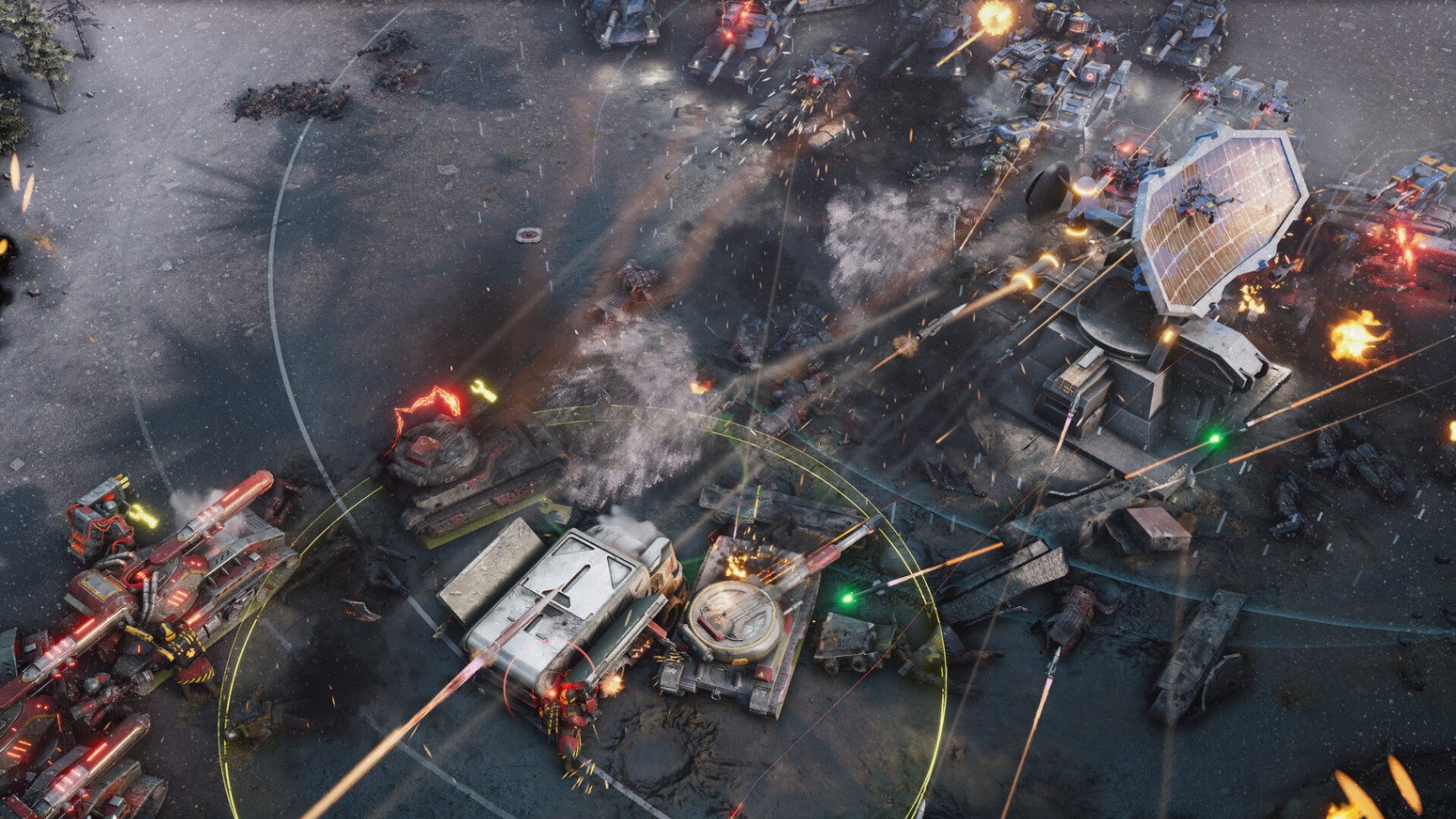
Visuals, Audio, and World-Building
Get ready for some serious eye candy. The visuals and graphics in Tempest Rising are a massive leap forward for the genre, creating immersive environments that are a joy to conquer and/or blow up. Everything from the glint on a tank’s armor to the shockwave of an explosion is rendered with incredible detail. It’s the kind of pretty that makes you zoom in to admire the scenery right before an enemy airstrike reminds you what game you’re playing.
And your ears are in for a treat, too. The sound design is top-notch, but the real headliner is the soundtrack, featuring tracks from the legendary composer Frank Klepacki of Command & Conquer fame. The music alone is enough to get your blood pumping for world domination.
Art Style, Graphics Engine, and Immersive Environments
Powered by Unreal Engine, Tempest Rising boasts a modern and polished look. The art style strikes a perfect balance between gritty realism and the slightly exaggerated designs that make RTS units instantly recognizable. The graphics are stunningly detailed; you can zoom in and appreciate the small touches on individual soldiers or the intricate machinery of your base. Explosions are a particular highlight, with satisfying fireballs and particle effects that would make Michael Bay proud.
The game creates truly immersive environments. Battlefields feel lived-in and war-torn, with wrecked highways and detailed terrain that encourages tactical thinking. One of the coolest visual flourishes is the headlights on vehicles, which dynamically light up the terrain as they bounce across the map. It’s a small detail, but it adds a huge amount of atmosphere.
While the game is gorgeous, it’s not without a few minor quirks. Some reviewers have noted that certain animations, like helicopter blades or turret rotations, seem to run at a lower frame rate than the rest of the game. It’s a small nitpick in an otherwise visually impressive package, but something you might notice if you stare too closely instead of commanding your army.
Soundtrack, Voice Acting, and Narrative Elements
Let’s talk about the music. Having composer Frank Klepacki on board is like getting the original band back together for a reunion tour. His signature guitar-driven tracks bring an incredible energy to battles, instantly transporting you back to the glory days of RTS gaming. The soundtrack as a whole is fantastic, with a jukebox feature that lets you pick your favorite head-banging anthem for global conquest. The overall sound design is just as strong, with meaty, satisfying sounds for every gunshot and vehicle movement.
The narrative elements are delivered through in-engine cutscenes between missions. While the character models look great, the voice acting can be a bit hit-or-miss. Some performances are solid, while others lean into “comically poor” territory. A more noticeable issue is the lip-syncing, which often doesn’t quite match the dialogue.
This is one area where the game misses the charm of its predecessors. There are no cheesy, live-action FMV cutscenes with B-movie actors. The animated characters are well-designed but can’t quite capture the wild-eyed zeal of a villain like Kane. It’s a small price to pay for such solid gameplay, but a part of us will always miss the camp.
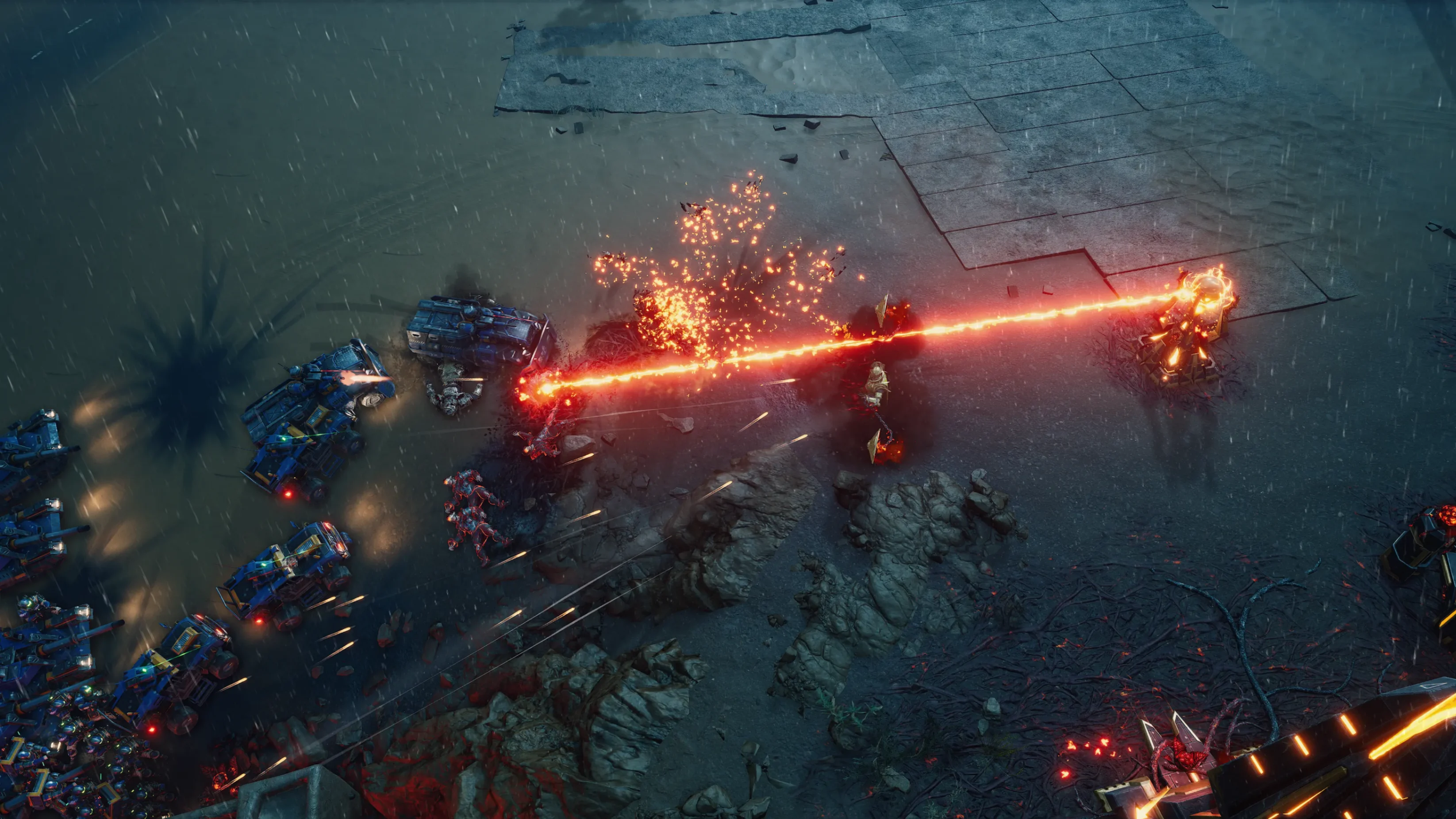
Single-Player and Multiplayer Experiences
Whether you’re a lone wolf who prefers to crush computer opponents or a social butterfly who enjoys crushing human opponents, Tempest Rising has you covered. The game offers robust single player campaigns that will keep you busy for hours, with varied missions and an engaging story. If you just want a quick fight, you can jump into a skirmish match and test your mettle against the AI.
For those who crave the thrill of competition, a full suite of multiplayer game modes awaits. You can challenge friends in custom games or climb the ladder in ranked matchmaking. The experience is designed to cater to players of all stripes, from casual base-builders to hyper-competitive strategists.
Campaign Structure, Replayability, and AI Challenge
The single player offering in Tempest Rising is a meaty, two-course meal. You get to play a full campaign for both the GDF and the Tempest Dynasty, following the same conflict from two different perspectives. The missions are refreshingly varied, going beyond the standard “build base, destroy enemy” formula. You’ll find yourself on commando-style infiltration missions, desperate defensive holdouts, and full-scale base assaults.
Replayability is baked right into the design. Many missions feature optional objectives that you might not even discover on your first playthrough unless you thoroughly scout the map. Completing these objectives earns you points to spend on powerful upgrades, giving you a real incentive to dive back in and perfect your run. You can even experiment with different upgrade paths for a new experience.
The AI provides a respectable challenge, especially on higher difficulties. It’s smart enough to keep you on your toes without feeling cheap or unfair. It will exploit your weaknesses if you’re not careful, forcing you to think strategically and adapt your plans on the fly. It’s the perfect training ground for when you decide to take your skills online.
Online Modes, Matchmaking, and Community Features
Ready to prove your strategic genius against a real person? The multiplayer suite in Tempest Rising offers a classic, no-nonsense competitive experience. The online modes are exactly what you’d expect from a top-tier RTS, allowing you to test your skills in head-to-head combat or team-based skirmishes. The action is fast, fluid, and unforgiving.
The game features ranked matchmaking using the Glicko-2 rating system, ensuring you’ll be paired against opponents of a similar skill level. This means you can climb the ladder at your own pace, moving from a fumbling newbie to a grandmaster of destruction. For those who prefer a more casual setting, custom games provide the perfect space to battle friends without the pressure of a global ranking.
While the core multiplayer is solid, some players have noted that the long-term health of the competitive scene might depend on the introduction of the third faction. For now, the community features are focused on providing a smooth and balanced online experience.
- Ranked Play: Climb the ladder with a Glicko-2 rating system.
- Custom Games: Set up your own matches with friends to test wacky strategies.
- Skirmish Mode: Practice against the AI to perfect your build orders before heading online.
- Distinct Factions: Master the asymmetrical gameplay of the GDF and Dynasty.
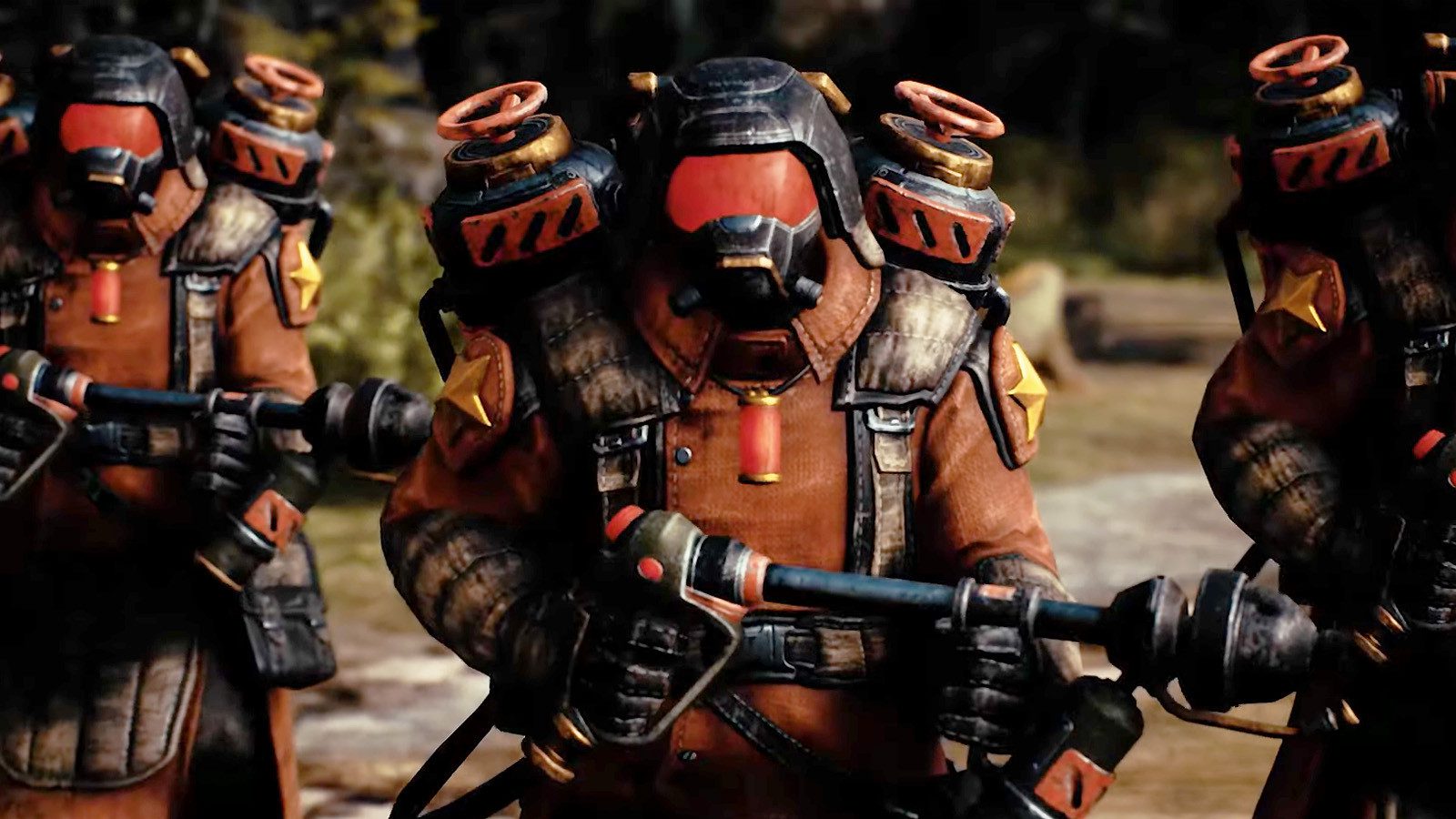
Tempest Rising’s Place in Modern PC and Console Gaming
In an age dominated by live services and multi-platform releases, Tempest Rising is proudly a PC-ass PC game. It’s a love letter to the platform that birthed the genre, and its design reflects that focus. While the idea of RTS on consoles has improved, this game is built for the precision of a mouse and keyboard. Its excellent optimization ensures it runs smoothly on a wide range of hardware, from high-end rigs to more modest setups featuring Ryzen processors.
It fills a void that major publishers like EA have left vacant for years, particularly for fans in Europe and across the globe who grew up on C&C. Tempest Rising proves there’s still a massive appetite for deep, single-player-focused strategy games, standing as a testament to what a dedicated studio can achieve without the baggage of a AAA publisher.
System Requirements, Optimization, and Accessibility
One of the most pleasant surprises is the game’s stellar optimization. Despite its impressive graphics, Tempest Rising runs like a dream. The development team clearly prioritized performance, resulting in a smooth experience with fast load times and minimal stutter. Even on a mid-range system with a Ryzen 5 3600 and an RTX 3060, you can expect high frame rates at 1440p. This focus on performance contributes to its overall accessibility.
However, be warned that older CPUs might chug a bit when massive armies clash on screen. The sheer number of units and AI calculations can be demanding, but for most of the gameplay, performance is fantastic. The question of post-launch support is on many minds, and given the setup for a third faction and the focus on multiplayer, it seems very likely that Tempest Rising will receive updates or expansions post-launch to keep the game fresh.
Here are some estimated system requirements based on performance reports:
|
Component |
Minimum (Estimated) |
Recommended (Estimated) |
|---|---|---|
|
CPU |
Intel Core i5-6600K / AMD Ryzen 5 2600 |
Intel Core i7-8700K / AMD Ryzen 5 3600 |
|
GPU |
NVIDIA GeForce GTX 1060 / AMD Radeon RX 580 |
NVIDIA GeForce RTX 3060 / AMD Radeon RX 6600 XT |
|
RAM |
8 GB |
16 GB |
|
Storage |
50 GB SSD |
50 GB NVMe SSD |
Cross-Platform Play and Modding Support
Given its firm focus as a PC title, the prospects for cross-platform play with consoles seem slim to none. And honestly, that’s probably for the best. Can you imagine trying to micromanage a squadron of tanks with a controller against a mouse-and-keyboard wizard? It would be a bloodbath. The game is designed for the precision and speed that only a proper desktop setup can provide.
The potential for modding support is where things get really exciting. While not confirmed at launch, a healthy modding scene could give the game near-infinite longevity. Imagine new units, custom maps, or even fan-made campaigns. This, combined with official updates, could be a huge part of the game’s future.
This ties into the question of whether Tempest Rising will receive updates or expansions post-launch. The story clearly sets up a third faction, and the health of the multiplayer scene would benefit immensely from new content. It’s a safe bet that the developers have plans to support the game long after its release, with both official content and, hopefully, tools for the community.
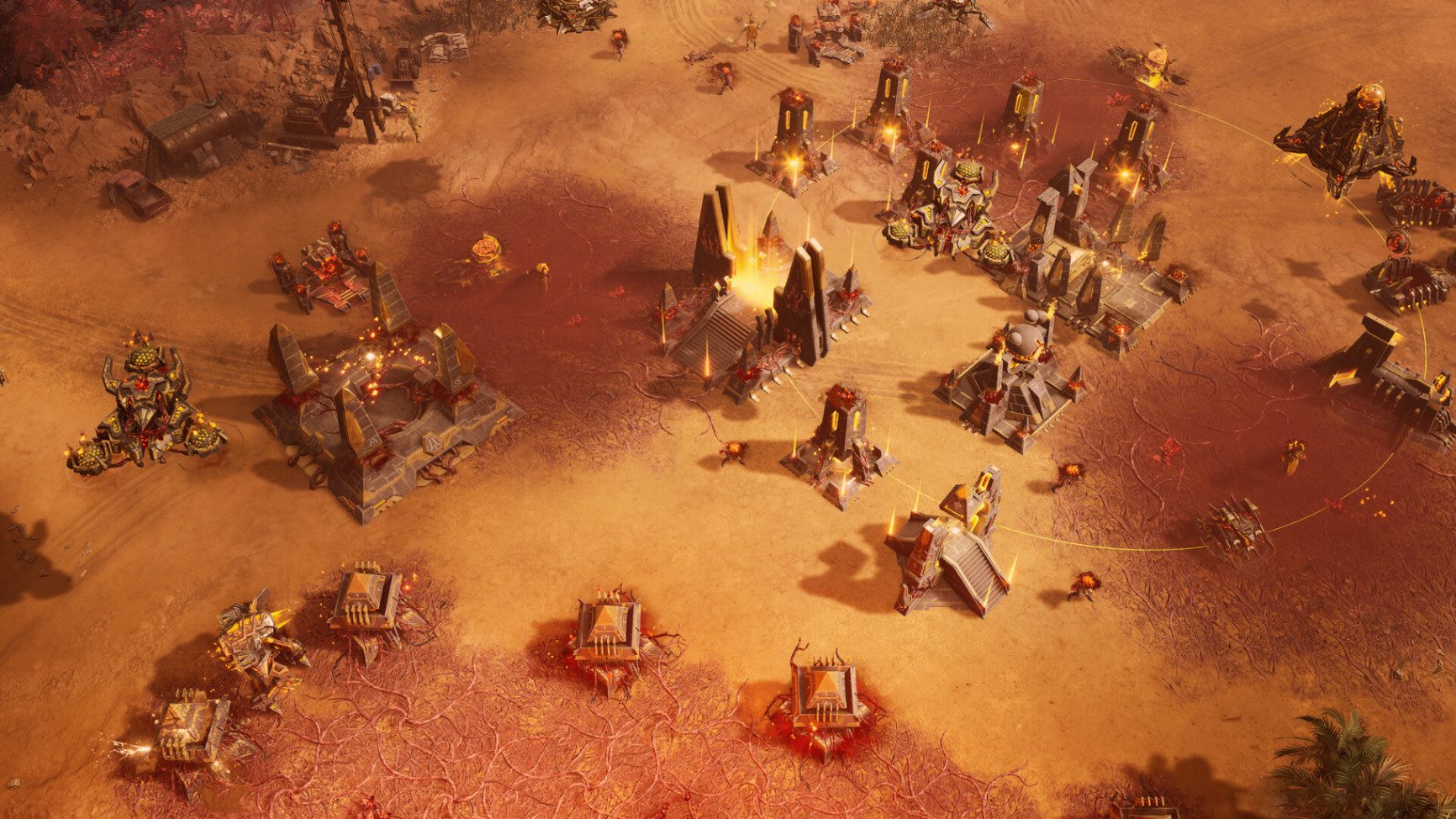
Conclusion
In conclusion, “Tempest Rising” is not just another RTS game; it’s a whirlwind of strategy, innovation, and fun that promises to sweep gamers off their feet. With its captivating gameplay mechanics, stunning visuals, and engaging multiplayer modes, it’s poised to become the new darling of the genre. Whether you’re a long-time RTS veteran or a newbie trying to figure out which way the mouse goes, this game has something for everyone. So, gather your resources, strategize your base-building plans, and prepare for epic battles! Don’t miss out on the excitement—get in on the action now and see what all the fuss is about!
Frequently Asked Questions
Is Tempest Rising a spiritual successor to Command & Conquer?
Absolutely. From its faction design to its resource-gathering (swapping Tiberium for Tempest), Tempest Rising is a loving and direct homage to the Conquer series. Slipgate Ironworks has successfully resurrected the spirit of the RTS greats of the 90s for a modern audience.
Will Tempest Rising receive updates or expansions post-launch?
All signs point to yes. The campaign introduces a third, unplayable faction, heavily suggesting future expansions. To support the multiplayer scene, it’s very likely that developer Slipgate Ironworks will release regular updates with new content, balance changes, and more.
Is Tempest Rising beginner-friendly for new RTS players?
Yes, Tempest Rising is quite beginner-friendly. The single player campaigns, particularly the Global Defense Force missions, do an excellent job of gradually introducing mechanics. The simplified economy also helps new players focus on the fun part: combat and strategy.
